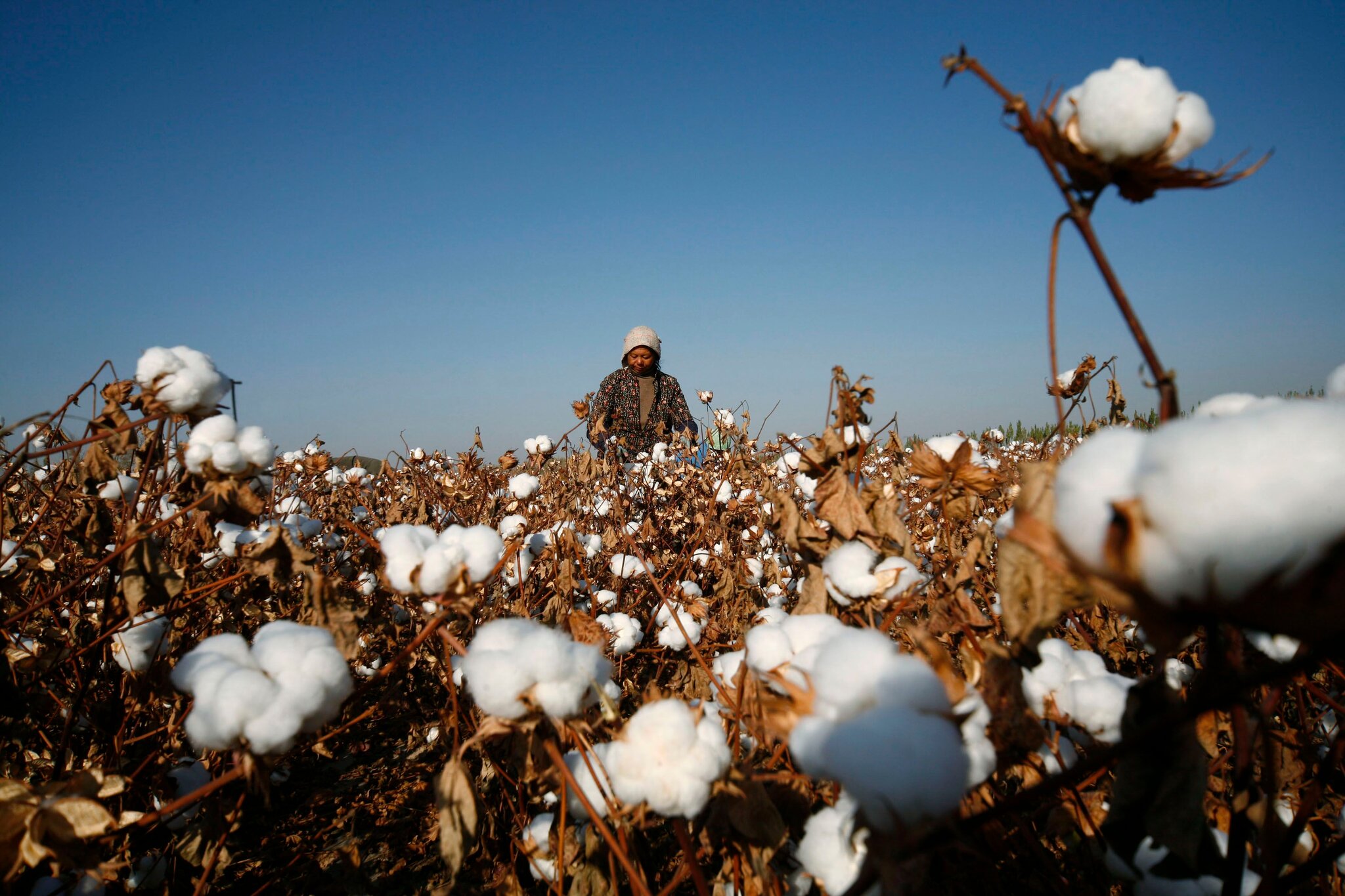
The global apparel industry witnessed a significant slowdown in March 2024, with both import and export figures dropping across major markets reveals Wazir Advisors May 2024 report, ‘Apparel trade scenario in key global markets and India’. This trend aligns with declining retailer inventory levels and weakening consumer confidence, reflecting a concerning picture for the near future.
Imports decline reflect waning demand
Import data for key markets like the US, EU, UK, and Japan paints a grim picture. The US, the world's largest apparel importer, saw a 6 per cent year-on-year (YoY) decline in imports to $5.9 billion in March 2024. Similarly, the EU, UK, and Japan experienced significant drops of 8 per cent, 22 per cent, and 26 per cent respectively, highlighting a global decrease in demand. The decline in apparel imports signifies a shrinking apparel market in major regions.
Import decline aligns with the retailer inventory data from Q4 2023. The data suggests a substantial decrease in inventory levels compared to the previous year, indicating that retailers are cautious about stocking up due to weakening demand.
Table: Decline in apparel imports in major markets March 2024
|
Market |
Value ($bn) |
YoY change (%) |
|
US |
5.9 |
-6 |
|
EU |
7.1 |
-8 |
|
UK |
1.4 |
-22 |
|
Japan |
1.7 |
-26 |
Consumer confidence, inventory levels reflect weak demand
The situation is further compounded by declining consumer confidence. In the US, consumer confidence reached a seven-quarter low of 97.0 in April 2024, signifying a hesitant consumer base less likely to splurge on apparel. This lack of confidence is likely to further dampen demand and hinder a swift recovery for the apparel industry. The report also reflects significant drop in retailer inventory compared to previous year. This indicates stores are selling through existing inventory and not placing large orders for new apparel. Weakening consumer confidence and declining inventory levels suggest a drop in demand for apparel.
Export woes for major suppliers
The export story is no brighter. Key supplier nations like China, Bangladesh, and India also experienced declines or stagnated growth in their apparel exports for April 2024. China, the world's leading apparel exporter, witnessed a 3 per cent YoY drop to $11.3 billion, while Bangladesh and India saw flat growth compared to April 2023. This suggests that the slowdown is impacting both ends of the global apparel supply chain, but supplier nations are still managing to export some apparel. In fact, the decline in apparel exports is slower than the decline in imports, indicating some continued demand for apparel globally.
Table: Declining exports from key suppliers
|
Market |
Value ($bn) |
YoY change (%) |
Change from March 2024 |
|
China |
11.3 |
-3 |
0 |
|
Bangladesh |
3.3 |
0 |
10 |
|
India |
1.2 |
0 |
-2 |
US apparel retail sales a puzzling trend
The report presents a puzzling trend in the US apparel retail sector. While US apparel store sales in April 2024 were estimated to be 3 per cent lower than April 2023, online clothing and accessory sales in Q1 2024 dropped by only 1 per cent compared to the same period in 2023. Interestingly, on a year-to-date (YTD) basis, US apparel store sales are still 3 per cent higher than in 2023, suggesting some underlying resilience. So while apparel imports, consumer confidence, and inventory levels all point to weak demand, US apparel store sales show an unexpected increase.
However, this resilience seems limited. April 2024's home furnishing store sales mirrored the broader trend, dropping 2 per cent YoY, with YTD sales a concerning 14 per cent lower than in 2023. This indicates discretionary spending may be shifting away from non-essential items like apparel and home furnishings.
The UK market also reflects a cautious consumer. April 2024 saw UK apparel store sales remain flat at £3.3 billion, indicating an 8 per cent YoY decline. However, a positive sign emerged in the form of a 7 per cent growth in online clothing sales for Q1 2024 compared to Q1 2023. UK apparel store sales are stagnant, while online sales are growing. This suggests that UK consumers may be shifting their shopping habits towards online channels.
The Wazir study reveals global apparel industry is experiencing a slowdown, with declining imports, exports, and retail sales in some regions. Weakening consumer confidence and decreasing inventory levels are contributing factors. However, the data also suggests some variation across regions and channels. US apparel store sales show an unexpected increase, while UK online sales are growing. Further investigation is needed to understand these inconsistencies and predict future trends in the apparel market.












